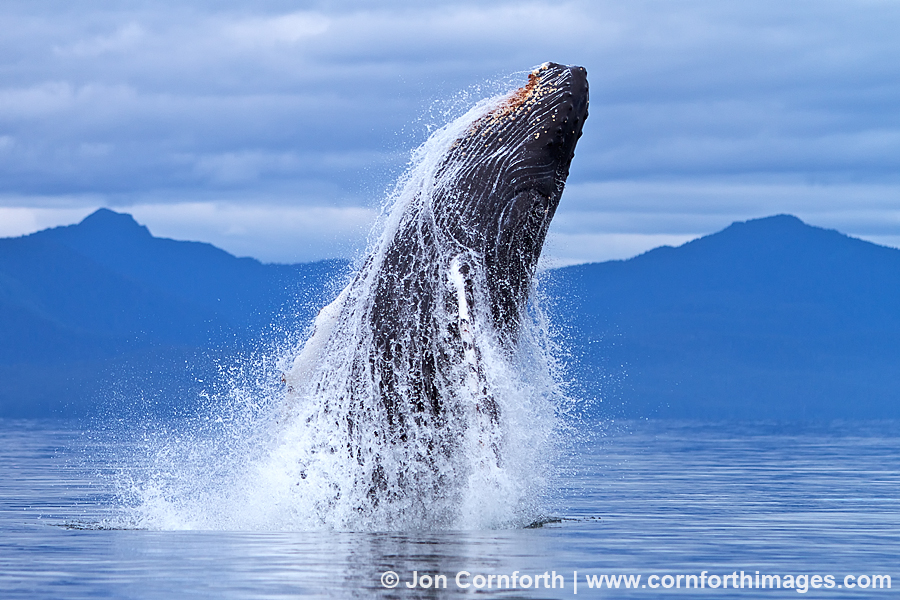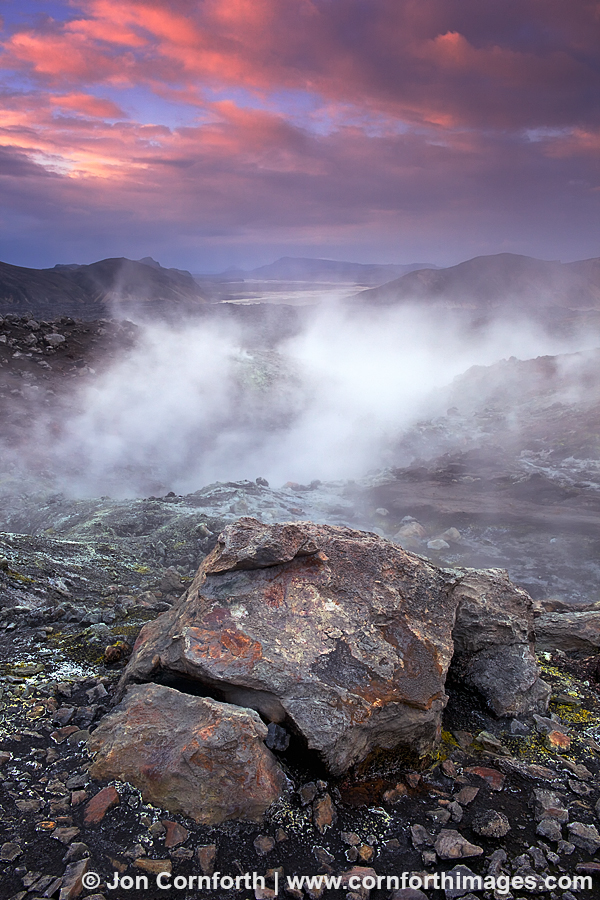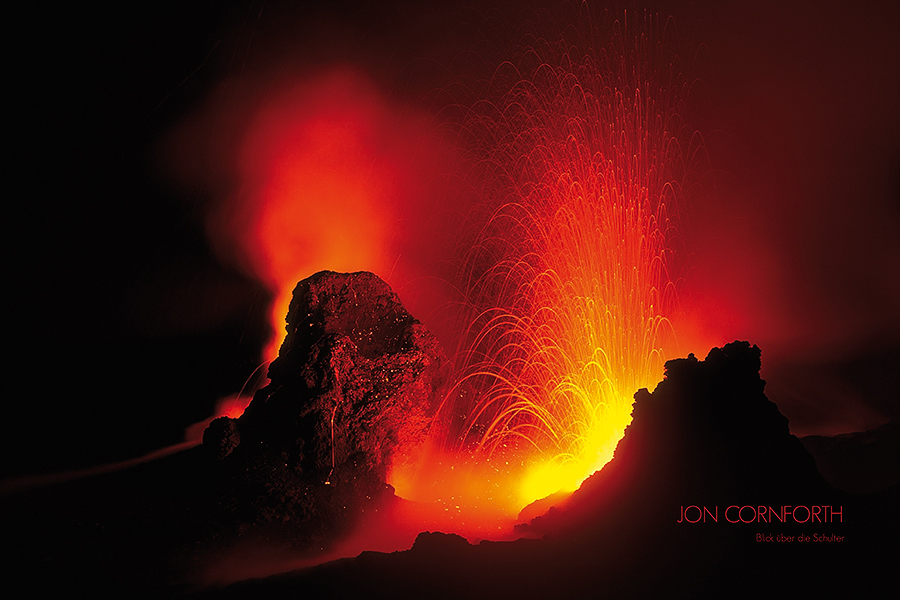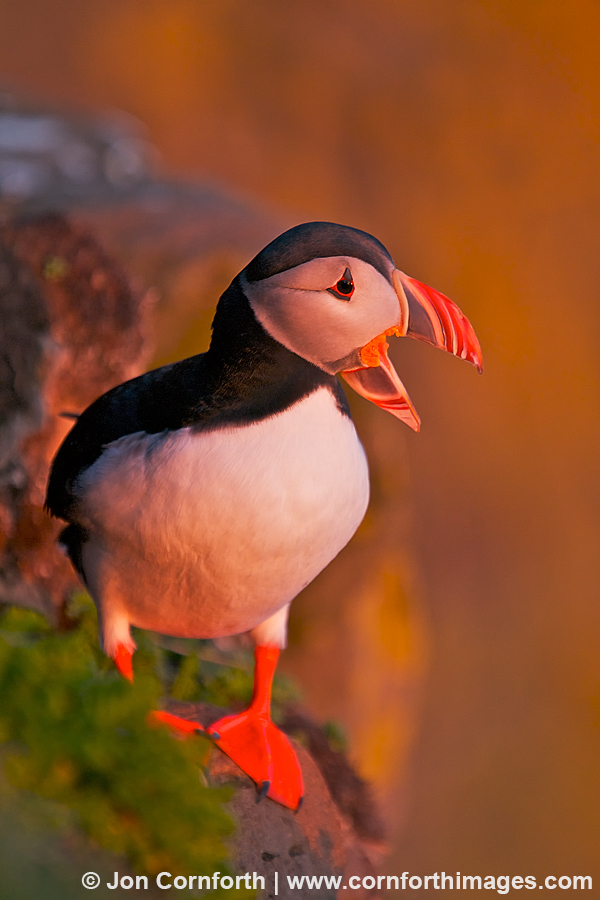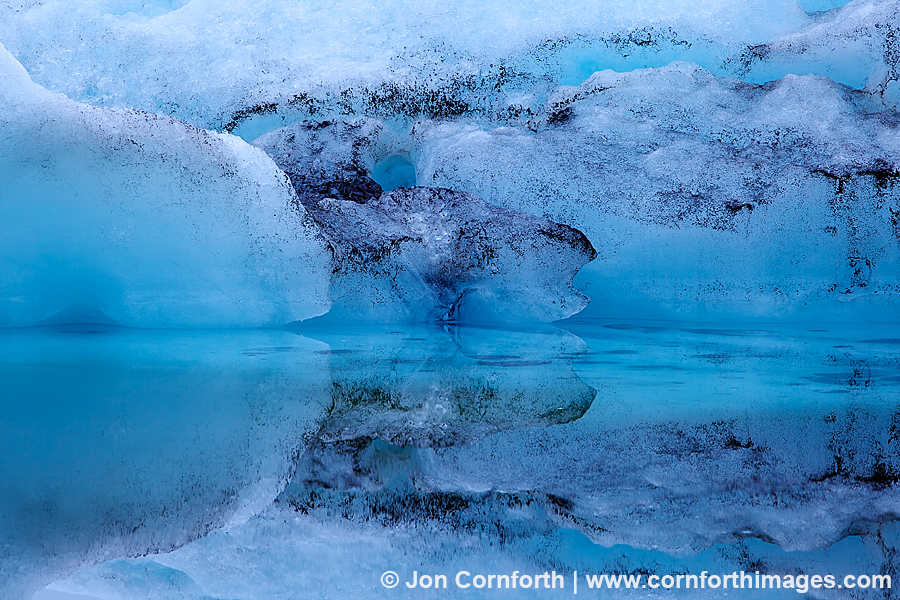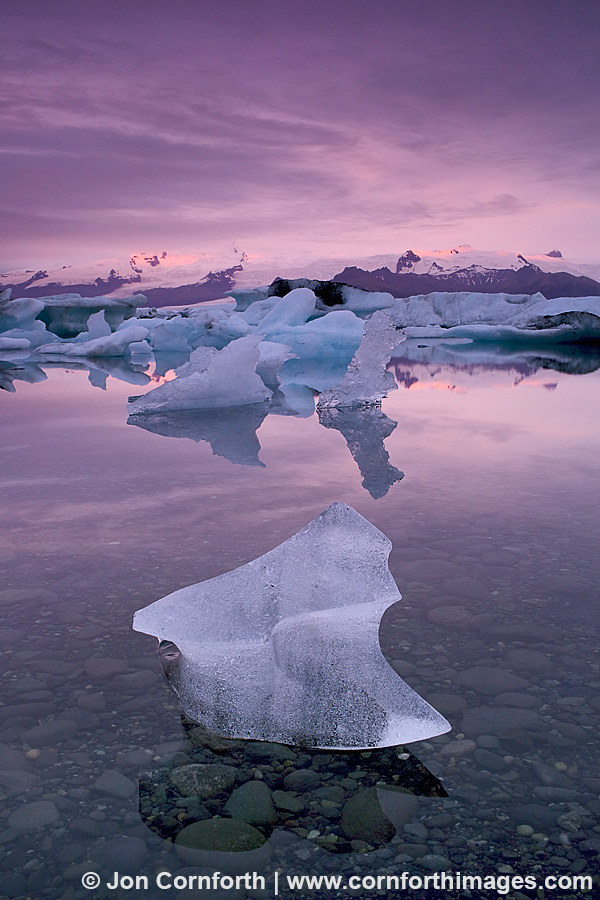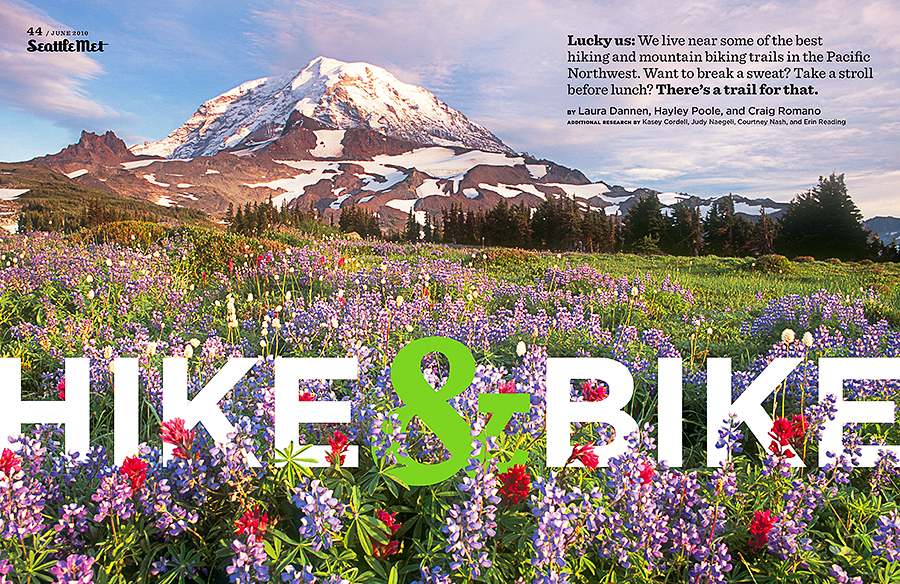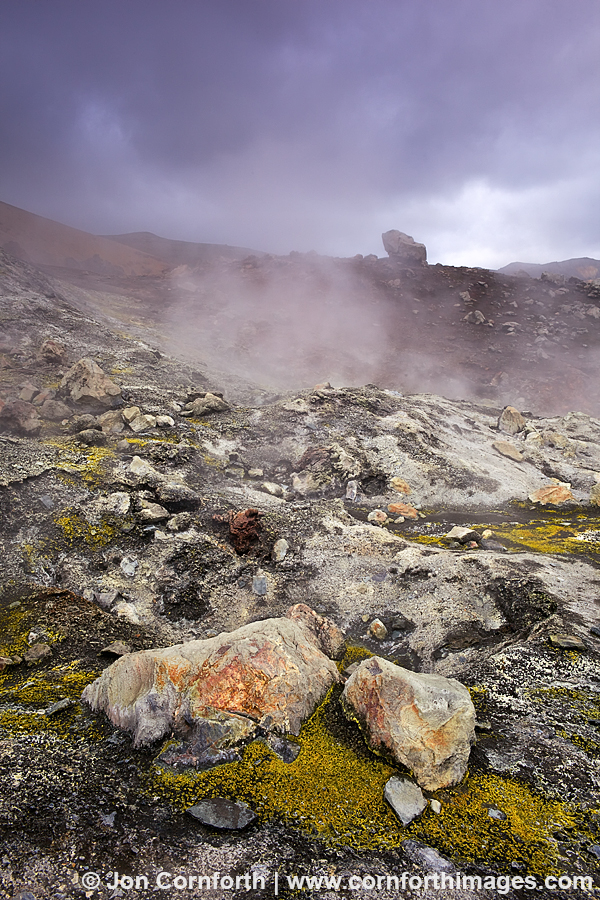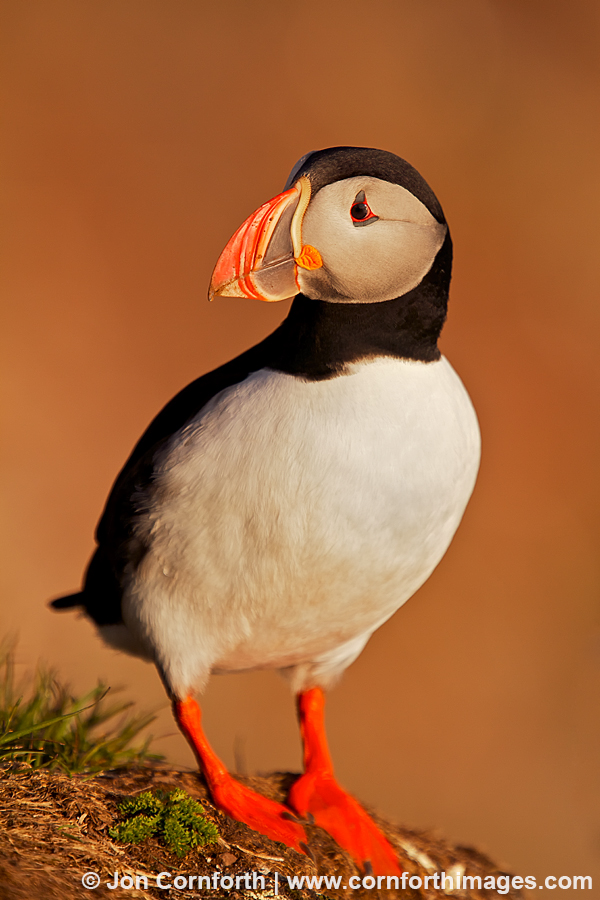
Brotherhood Park Fireweed Sunset 1
Posted onWOW! What else can I say about my recent 19 day adventure in Southeast Alaska? WOW! There, I said it again. I experienced my usual ups-and-downs, but overall the trip was incredibly productive. Humpback whales bubble-feeding, tidewater glaciers, harbor seals on ice flows, playful Steller sea lions, fireweed in bloom, and many sunny days in a row. This trip had it all. I am home for barely 3 weeks before returning to Alaska again on August 23 and I am very busy with my family during this time. I am not going to make any progress editing the 6500 images I just created, but will share a few of my new images as time allows.
For those of you unfamiliar with Alaska, this image of the fireweed in bloom at Brotherhood Park in Juneau is one of the most iconic Alaska images. Even though I have regularly visited Juneau the past 4 summers, this photo has eluded me until now.
After cleaning my boat all afternoon on Monday, I decided to try to shoot this scene since the weather was so nice and I was flying standby. The wind was gently rustling the flowers, but I was able to capture a few images without movement by using ISO 400 at 1/10 second. I never would have captured this scene if I was still shooting medium or large format and using Fuji Velvia 50 film at 6+ seconds.

